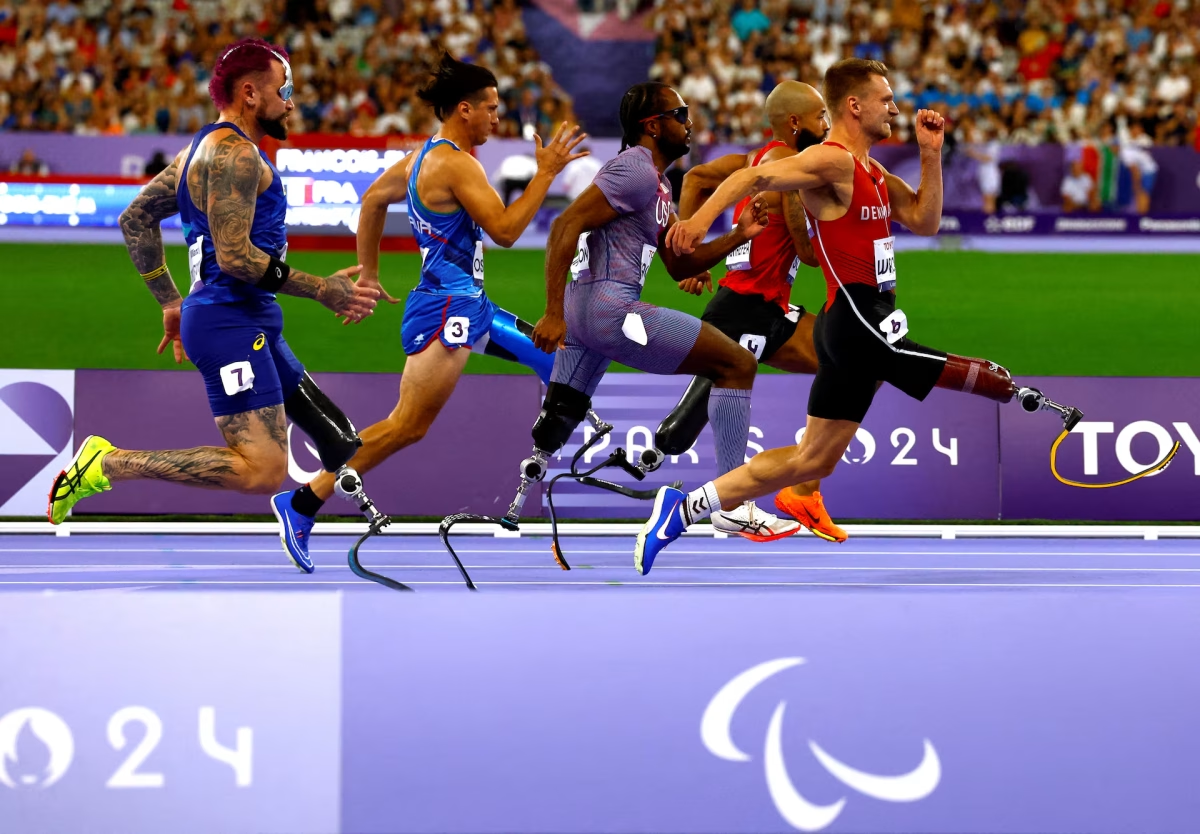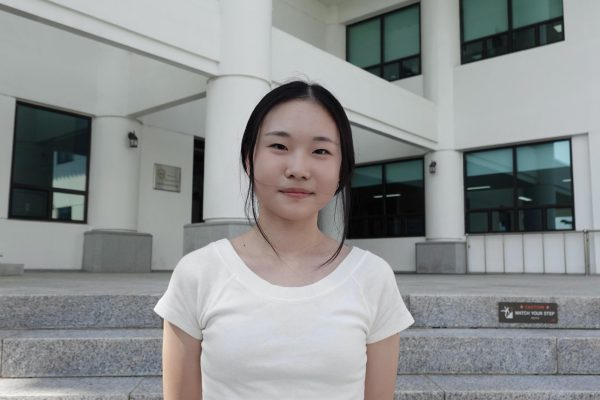On Aug. 28, the opening ceremony at Place de la Concorde marked a powerful start to the Paralympics Games Paris 2024.
Paralympics, an international sports contest for athletes with disabilities, was held in Paris after the end of the Olympics. About 4,400 athletes from more than 150 countries are going to be participating in this event from Aug. 28 through Sept. 8. The athletes will compete for 549 medals across 22 sports.
According to World Para Athletics, to qualify as an athlete in the Paralympics, individuals must have underlying health conditions that cause activity limitations resulting from their impairments. They will then be grouped based on the degree of activity limitation.
“The Paralympics is an important celebration of the capabilities of people with disabilities that are generally thought of as needing help in achieving daily tasks,” Woosung Choi (11), varsity tennis player and a wheelchair tennis enthusiast, said. “I think that I will mostly watch wheelchair tennis during the Paralympics, which is what I am looking forward to the most.”
Because the athletes of disabilities are not able to perform the exact same skills as the able-bodied athletes due to physical limitations, the rules vary from the able-bodied tennis games.
“Wheelchair tennis is, of course, played in a wheelchair, but some of the rules are different from traditional tennis,” Woosung said. “One large change is the fact that two bounces are allowed before hitting the ball whereas in traditional tennis only one is permitted before the point is conceded to the opponent. Although I have not played it before, I think wheelchair tennis requires quite a different skill set from traditional tennis. Namely the movement–apart from the swings and contact points, the two sports have little technical similarities. Wheelchair tennis requires more dexterity as legs cannot be used and one arm must be used to move the chair, making it more difficult to swing.”
The Paralympics not only demonstrates the range of disabilities but highlights the potential the athletes hold, promoting both social inclusion and opportunity.


